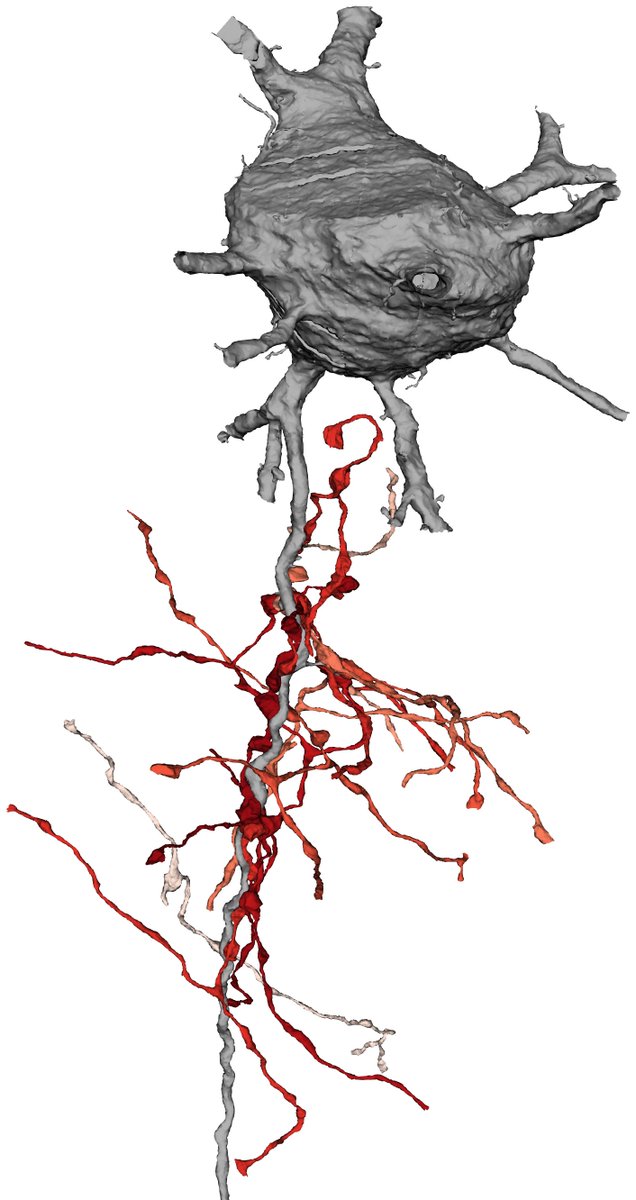An overactive inflammatory response could be at the root of many long #COVID cases, according to a new study from the Allen Institute for #Immunology and @fredhutch. 🧵 alleninstitute.org/news/many-long…
Scientists have seen previous links between inflammation and long #COVID, but the new study – out today in @NatureComms – is the first to trace the persistence of these inflammatory markers over time in the same patients. (2/5) nature.com/articles/s4146…
Out of 55 patients with long #COVID, ~2/3 had persistently high levels of certain signals of inflammation. The Allen Institute team was able to differentiate two kinds of #LongCOVID, inflammatory long COVID (in red) and non-inflammatory (in blue). (3/5) 

The patient volunteers in this new analysis are part of a larger, ongoing study based at @fredhutch, the Seattle COVID Cohort Study, which is led by Julie McElrath, and Julie Czartoski. (4/5) fredhutch.org/en/research/di…
The Allen Institute for Immunology works to understand the delicate balancing act of the human immune system—how it works when we’re healthy, and what goes wrong in disease. Learn more about our #TeamScience approach to decoding the immune system: alleninstitute.org/division/immun… (5/5) 

• • •
Missing some Tweet in this thread? You can try to
force a refresh

 Read on Twitter
Read on Twitter











